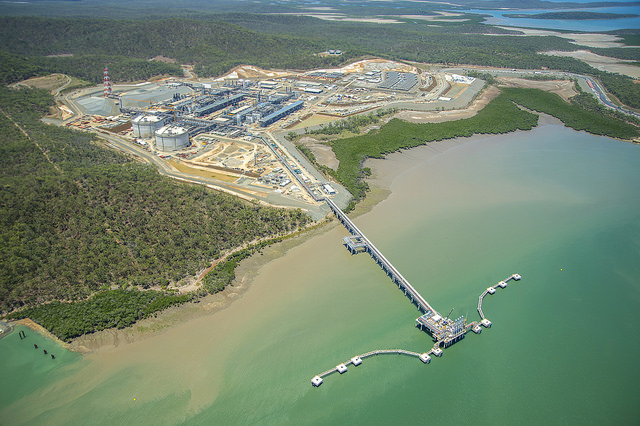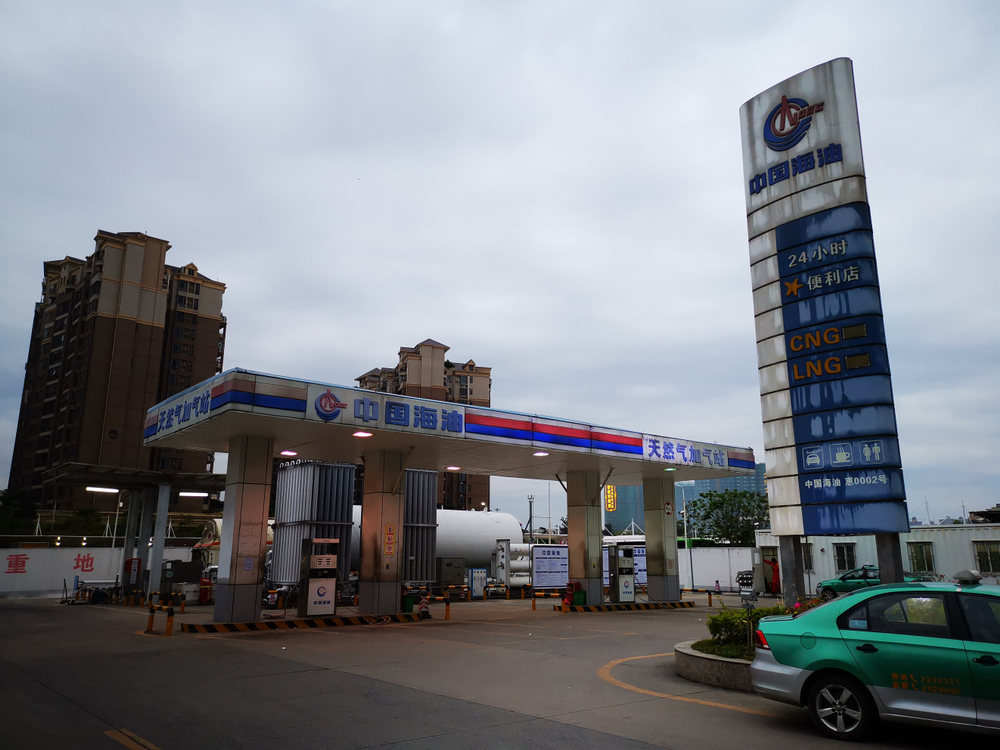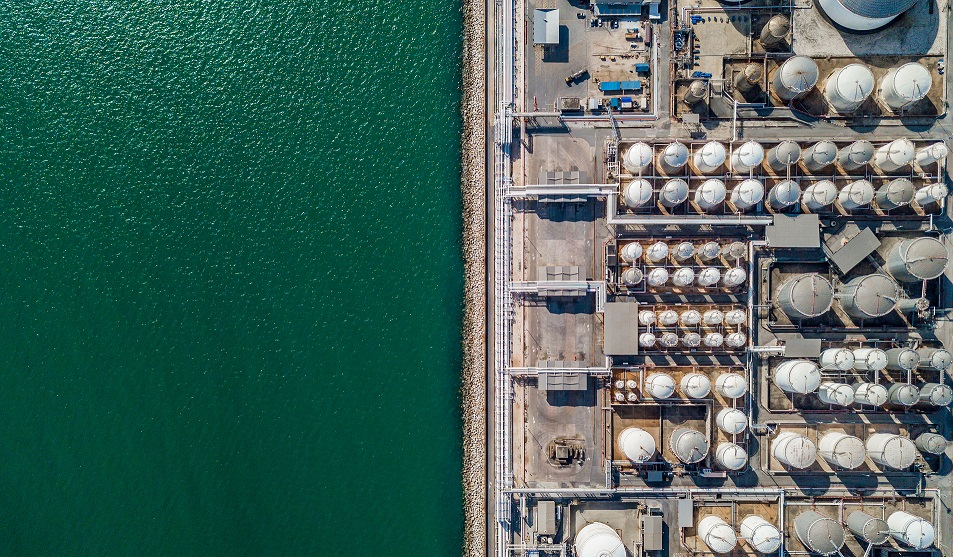The latest annual east coast report from independent energy consultancy EnergyQuest, East Coast Gas Outlook finds that the outlook for east coast gas is a white knuckle roller coaster ride.
Read more: Roller Coaster Ride for the East Coast Gas MarketsThe new 314-page report is the leading energy consultancy’s annual in-depth analysis of the long-term outlook for the east coast gas market, compiled by a multi-disciplinary team of experienced energy professionals: geologists, petroleum engineers and gas marketers.
“The outlook for the east coast gas industry is one of great uncertainty. The potential for large swings from balanced supply/demand, to tight supply, to the long term possibility of over supply foretells an industry roller coaster ride ahead.” Rick Wilkinson, Chief Executive Officer of EnergyQuest said.
“It is already clear that the legacy fields in Gippsland, as well as the Otway and Cooper Basins are in decline”, Mr Wilkinson said. Gippsland Basin was down 31% for the September 2023 quarter compared to the same 2022 quarter.
“Exploration expenditure is at some of the lowest levels seen, so apart from the distant Beetaloo in the Northern Territory, the prospect of adding material gas in the next few years is low.”
“Even with the long term decline in domestic gas demand on the east coast by as much as 30% to 2042 (including an expected decrease of 50% for Residential and Commercial demand), gas supply is not expected to meet demand beginning from 2028. This means gas consumers going without, LNG imports to the east coast, or aggressively diverting LNG foundation contract feedstock gas away from our overseas trading partners – or a mix of all three.”, Mr Wilkinson said.
“This stress in the gas supply/demand balance is particularly difficult for the southern states. NSW becomes entirely dependent on gas from LNG imports and the currently unsanctioned Narrabri field. Victoria has an even more difficult time, with up to 91% of its gas demand to be met from LNG imports in 2034, or by more gas from the distant north if it becomes available. This is likely to drive gas prices up towards LNG import levels – at least a 40% increase from current levels.”
“Then from 2036, the remaining coal seam gas in Queensland, which is no longer required to meet lapsed foundation LNG contracts, could be diverted to the southern states. This is a new scenario based on government market intervention in 2022. Aggressive policy settings, may drive the gas market into oversupply.”





